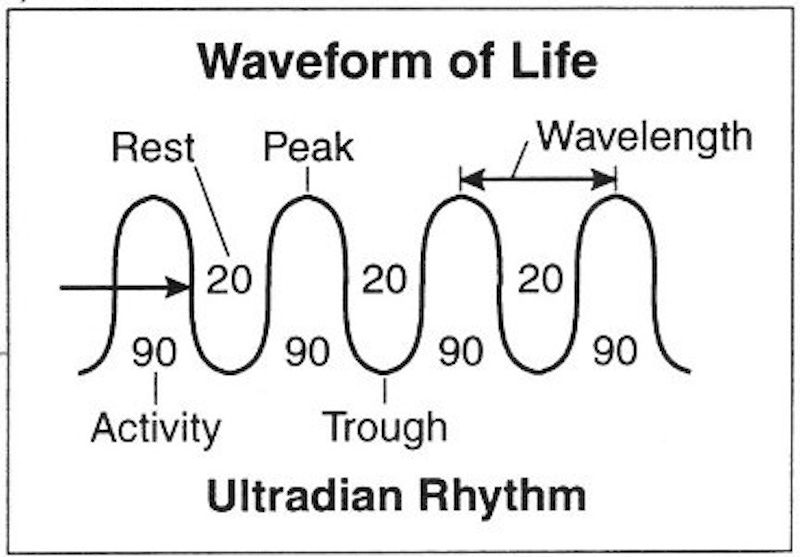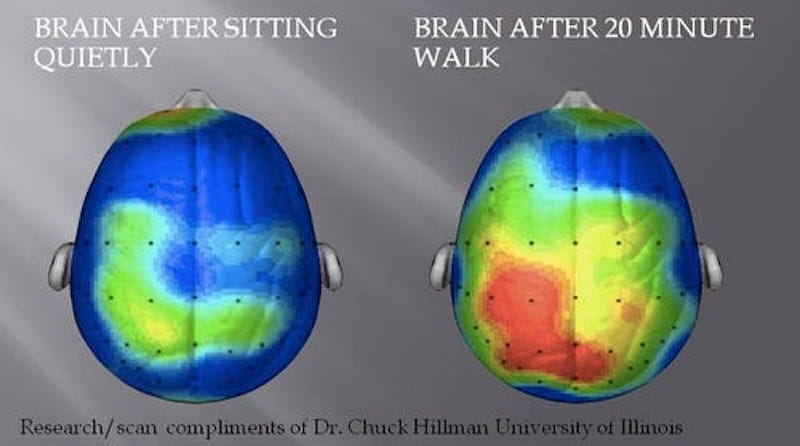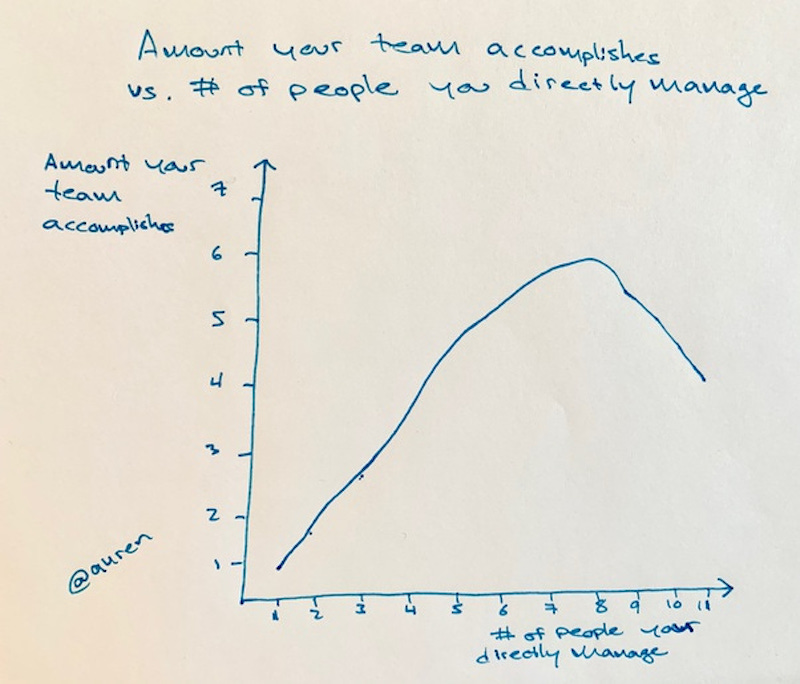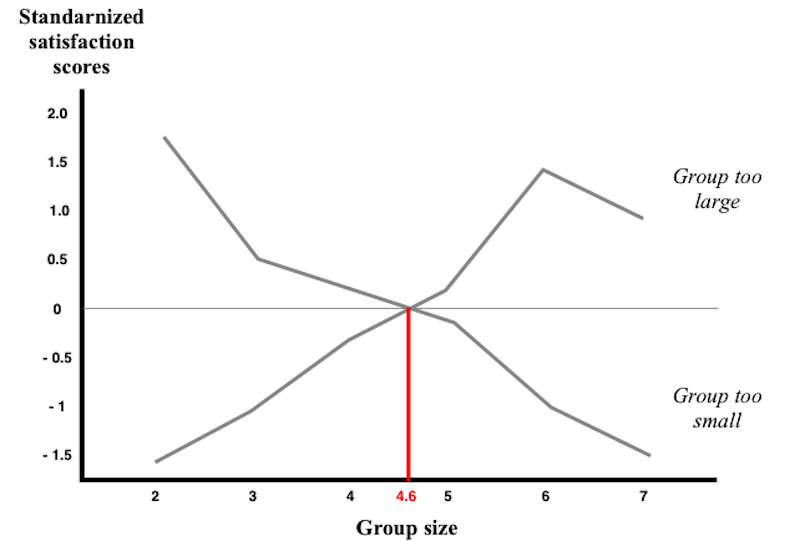Increase Productivity
You know all those people who have told you “work smarter, not harder,” and you’re like “what the heck does it mean to work smarter?!”
I mean, the words all make sense. I understand the word “work” and I understand the word “smarter”, but nobody ever really broke it down for me in concrete ways how to do it.
Well, you’re welcome.
Here are four ways you can work smarter and increase productivity:
- 90
- 20
- 7-ish
- 4.6
Ninety
As it turns out, our body works best in 90 minute cycles. Even when you’re sleeping, your body acts in consecutive 90 minute cycles, which enhances rest and recovery. Similarly, an awake body works in 90 minute cycles of enhanced focus and productivity with 20 minute troughs intended for recovery.
The bottom line?
In order to increase productivity, you should never work for more than 90 minutes at a time.
You don’t have to believe me, believe all the studies that prove it. Read this. Or this. Or just look at this simple chart.

Twenty
For most people, the mind begins to feel sluggish sometime in the mid-afternoon. Motivation lags. Decision-making becomes more difficult. And you just. want. to. take. a. nap.
If you were paying attention to the previous number above, you’ll realize that the body needs 20 minutes of recovery between cycles. If you continually ignore these recovery periods, each successive peak will be lower and less effective than the previous. And that, my friend, is what leads to afternoon burn-out.
Recovery is not sitting around reading something else on your computer. Recovery is either a short nap or light exercise.
Here’s the ultimate hack to increase productivity in the afternoons:
20 minutes of light exercise during the mid-day timeframe stimulates the brain to such an extent that it reenergizes the body and revives those peaks for the rest of the day.
Look, I even have a picture for you of a sitting brain vs one after a 20 minute walk. Guess which one is more alert.

Seven (plus or minus Two)
If you remember the hugely interesting things I wrote about slogans, you’ll recall that our short-term memory can retain only 7 items, plus or minus two. As it turns out, that 7 number (plus or minus 2) is very important in other areas. The one I’m talking about here is management.
7 people (plus or minus two) is the ideal number of direct reports any one person should oversee in order to maximize productivity.
Show me an org structure where somebody has 10 direct reports, and I’ll show you a person who is not effectively managing anybody. Want to know more?
Feel free to read this.
Or this.
I don’t have a good chart for my point here, so this one will have to do:

Four point Six
Because somebody talks a big game and seems to be highly proficient doesn’t mean they actually are. In fact, just the opposite.
Listen, I never said it had to be whole numbers. And this one is important so pipe up and read on.
Studies have found that the ideal group size for optimal decision-making is 4.6 people.
Having 5-7 people doesn’t alter the effectiveness of the group or increase productivity. And from 7 people on, each new person actually reduces the effectiveness of decision making by a whopping 10%.
That means that if you have a group of 20 people, they are 75% less effective in decision-making as would be a group 5. You can feel free to take this stat to all those large, dysfunctional Boards of Directors that you know. Tell them I sent you.
Next time you hold a brainstorming session in the office, hows about you do everybody a favor and limit your session to a core group of 4.6. If you can’t find 6-tenths of a person, feel free to take it up to 5 people without losing effectiveness.
The below chart may not make sense to you but that’s ok, cause it kind of confuses me too. But the number 4.6 is in red so it must be true.

